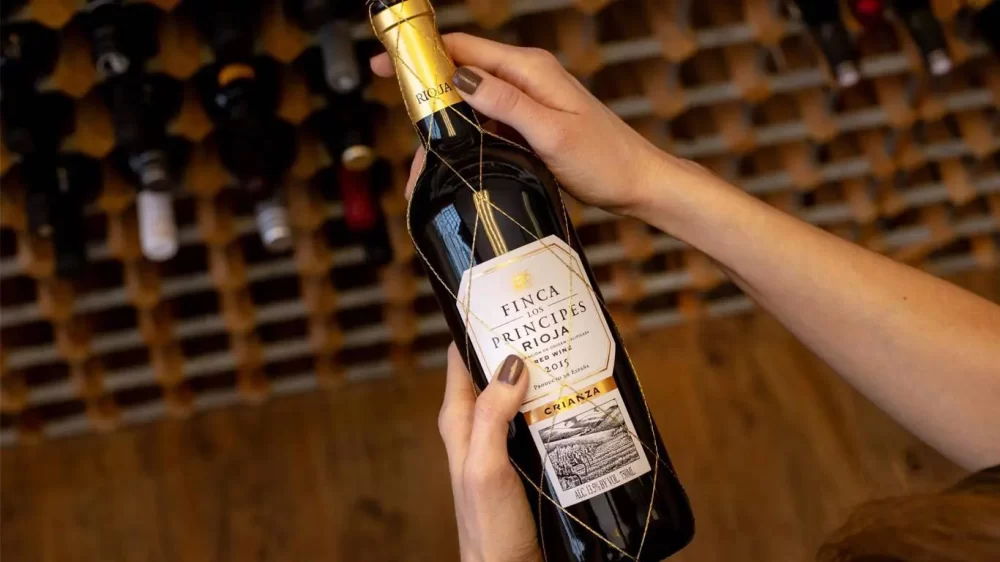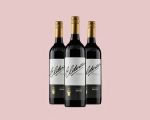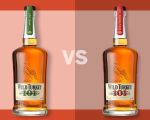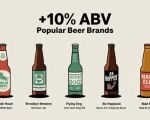

(697)
+1 718-389-3833504 Meeker Ave, Brooklyn, NY 11222, USA
(818)
+1 718-942-2090339 Gateway Dr, Brooklyn, NY 11239, USA
(48)
+1 212-874-5418230 W 79th St, New York, NY 10024, USA
(105)
+1 212-877-5757877 10th Ave, New York, NY 10019, USA
(213)
+1 212-712-2821540 Amsterdam Ave, New York, NY 10024, USA
(38)
+1 718-808-9177242 Wythe Ave, enter on, N 3rd St #2, Brooklyn, NY 11249, USA







